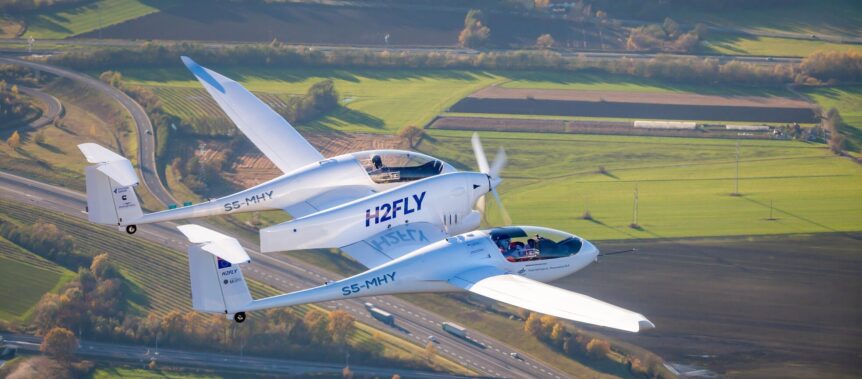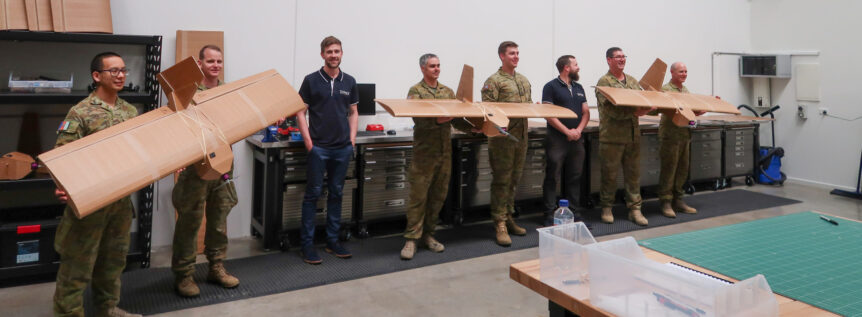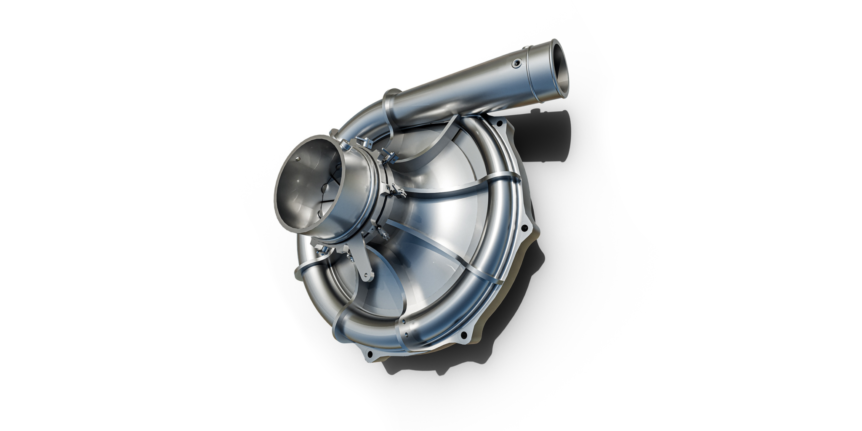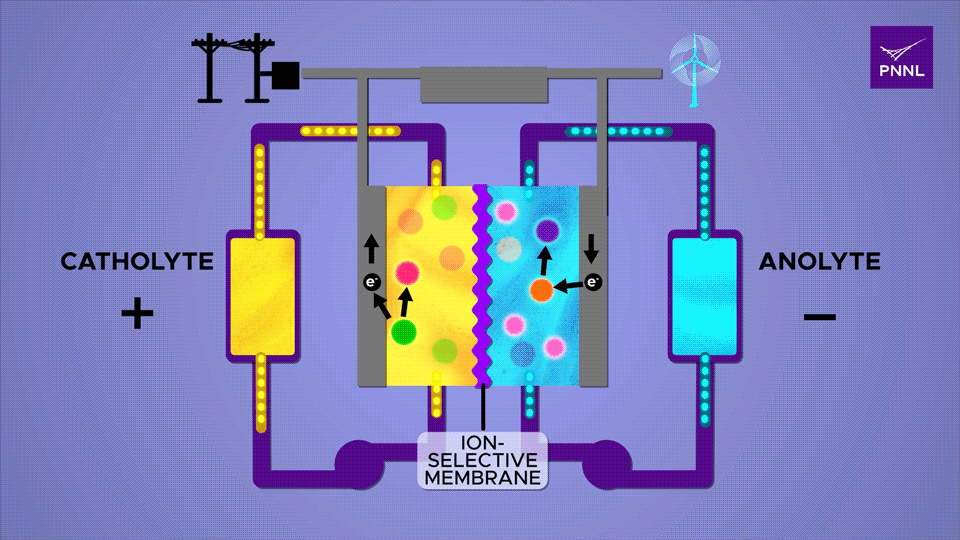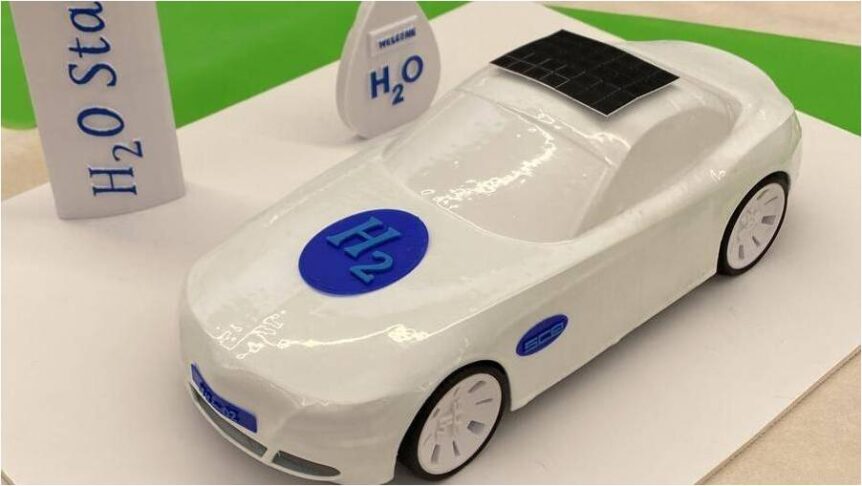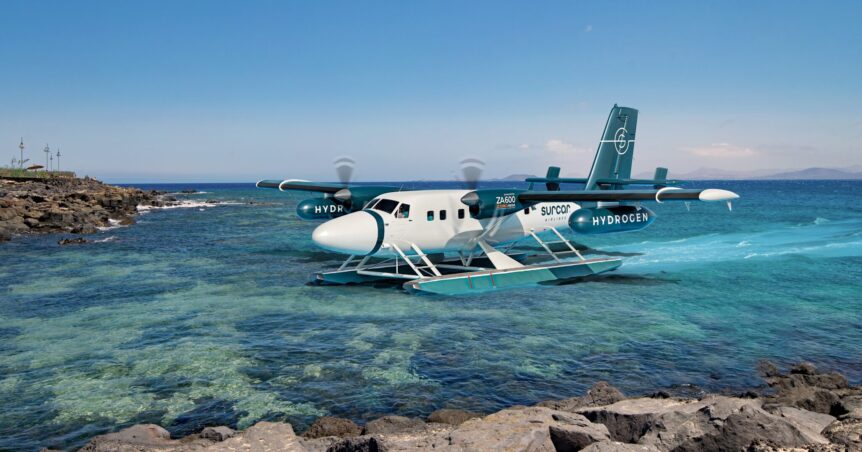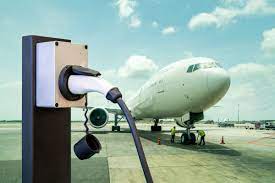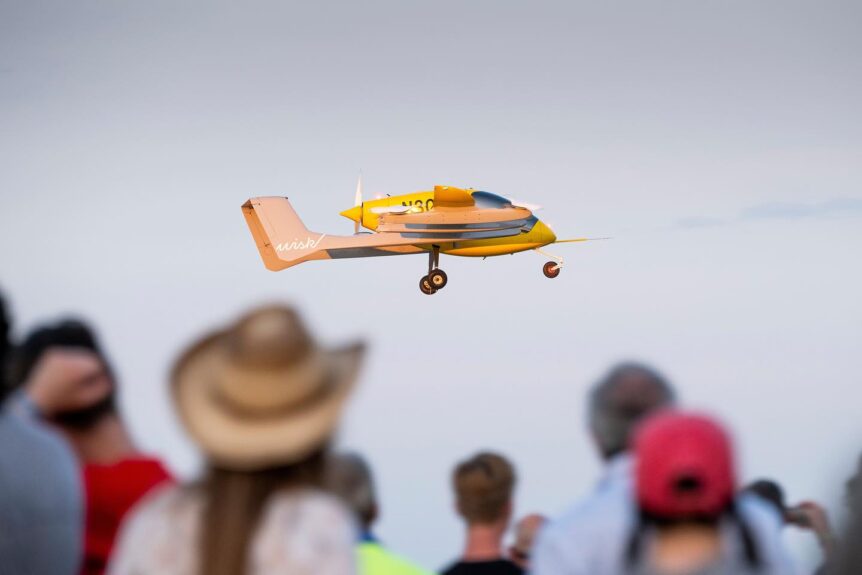H2Fly has an historic aircraft in its fleet, the HY4, as part of the HEAVEN program to, “Demonstrate the use of liquid, cryogenic hydrogen in aircraft.” Originally the G4, the craft won the NASA Green Flight Challenge in 2011, posting a passenger mile per gallon efficiency of 403.5 – equivalent to driving your loaded Prius from San Francisco to Los Angeles on under four gallons of fuel. Resurrected as the HY4 and flown on gaseous hydrogen, the craft has been reconfigured to fly on liquid hydrogen, expanding its range significantly. According to the HEAVEN program, “The hydrogen-electric ‘HY4’ demonstrator aircraft took off from Maribor, Slovenia, and saw safe and efficient operation throughout multiple flight tests.” Announced September 7, these were the first piloted flights of a liquid hydrogen fueled aircraft. Four flights, including one that lasted over three hours, “Lay the foundation for long-range, emissions-free flight, with liquid hydrogen doubling the range of the HY4 aircraft to 1,500[kilometers], compared to …
1,000 Kilometers With an Electric Microlight
Your editor is publishing this multi-country adventure from Daniel Ramsier recounting of his 1,000 kilometer trip in an electric microlight, with some of his outstanding photographs. It’s a truly epic outing that shows ingenuity, great engineering, and a resolute spirit combined to show how much can be accomplished with a very small material involvement. The story highlights Paul MacCready’s advice to do more with much less. Regardless that it was leisurely journey, averaging 25 kilometers (15.5 miles) per day, it was still a test of Daniel’s hardihood and his craft’s reliability. Yes, it’s definitely possible to fly and travel “electric”. Taking off from Gruyère (LSGT) in Switzerland on July 15, I arrived in Kyjov in the Czech Republic in 40 days and 22 legs, invited by Marek Wolhard, a paraplegic 3-axis ultralight instructor pilot who had followed @handiflight around the world. My nano-trike was developed by Ales Hubacek of skyjam-aircraft.com in Zurich. Light and strong, made entirely of titanium, its very …
A Race Between an Elektra Solar Trainer and a Lucid Air Sedan
A race last week between an Elektra Solar Trainer and a Lucid Air sedan shows the great strides made in electrification for both cars and airplanes. Electrive.com reports, “A special race went down this week in Germany, setting an electric car against an ultra-light electric aircraft in the ‘E-Flight Challenge 2023.’” This was a relatively high-end affair, as is often true at the onset of new technologies replacing more well-established ones. The Lucid Air sedan comes in several levels of performance and trim, with the least expensive starting at $78,900. The “Pure” rear-wheel drive features a single 480 horsepower motor and is claimed to travel up to 410 miles on a single charge. In all-wheel drive form, it costs $83,900 and manages 384 miles on a single charge of its 92 kilowatt-hour battery. Pures weigh around 2,100 kilograms (4,620 pounds) A great deal lighter at around 1,332 pounds maximum takeoff weight, the Elektra Solar Trainer flies on a mere 12 …
Cardboard Carriers in Peace and War
Recent news items herald the incredible return on investment the Ukrainian army is getting from its use of small cardboard aircraft. These literally boxy bombers are doing in Russian aircraft and possibly tanks with surprising capability. They may have had an initial inspiration in 2017. Everfly, Otherlab, and Star Simpson At the 2017 Sustainable Aviation Symposium in San Francisco, Star Simpson of Everfly, an affiliate of Otherlab, showed off a cardboard drone intended for humanitarian missions. Read about the craft, its many acronym-related affiliations, and its missions here. Ukrainians and Their Cardboard Air Force On a less humane, but equally important mission, an Australian version of the “pizza-box” technology is wreaking havoc on the Russian Air Force and even Russian tanks. The Sydney (Australia) Daily Herald reported on August 29, “Australian-made cardboard drones have been reportedly used to help bomb a Russian airfield as the Ukrainian military steps up its attacks on Russian territory.” According to the report, Sypaq drones …
ZeroAvia Turbo Charges a Fuel Cell
Turbo chargers were an early method of increasing power at altitude and that ZeroAvia is crafting for modern electric, fuel-cell powered aircraft. Mechanical Turbochargers During WWII, your editor’s father was a crew chief and occasional flight engineer on C-47’s, B-17’s, and B-24’s. The bombers had turbo-charged engines to increase power as noted below. (This is just part one of three training films, all on YouTube, giving some indication of the difficulties pilots faced in pre-electronic times.) The flight manual for the B-17 includes the following notes on the turbochargers. “The B-17F has four 1200 Hp Wright Cyclone Model R-1820-97 engines of the 9-cylinder, radial, air-cooled type with a 16-to-9 gear ratio. “Each engine has a turbo-supercharger to boost manifold pressure for takeoff and maintain sea-level pressure at high altitude.” B-24’s and other similar craft had the same type of system. (ZeroAvia’s rough equivalent is much quieter and a loss less smoky.) The manual notes the F models had manual control of …
Silicon and Sugar Make Better Batteries
Two groups of researchers in South Korea and America have added silicon and sugar as ways of gaining more energy from two different types of batteries. The 10X Battery at Last? Researchers at Pohang University of Science & Technology (POSTECH) in South Korea have developed a “layering-charged, polymer-based stable high-capacity anode material.” POSTECH professors Soojin Park (Department of Chemistry) and Youn Soo Kim (Department of Materials Science and Engineering) and Professor Jaegeon Ryu (Department of Chemical and Biomolecular Engineering) of Sogang University think their discovery could increase current electric vehicle range “at least 10-fold.” As noted in this blog many times, the idea of a 10X battery has been a matter of intense research from Yi Cui at Stanford and his research partner Jaephil Cho in South Korea, along with John Goodenough at Rice University and Jeff Dahn at Canada’s Dalhousie University – among others. Silicon and Polymeric Benders One of the bigger problems with using silicon in a battery …
Green Hydrogen from Scrap Metal and Water?
Can we make green hydrogen (or other energy sources) from scrap we otherwise throw away? One of the frequently announced “breakthroughs” recurrently finding its way to our attention is that scrap food or farm waste has found its way to becoming aviation fuel, for instance. United and Alaska Airlines have flown aircraft powered by biofuels produced from food waste by suppliers at SEATAC airport in Seattle, Washington. Hydrogen is undergoing a growth spurt. The U. S. Department of Energy explains, “Hydrogen is an energy carrier that can be used to store, move, and deliver energy produced from other sources.” Green hydrogen seems to be an answer to many demands. It comes from splitting water, and if produced through clean means, is a carbon neutral to carbon negative product. Stainless Steel Powder and Water Dr. Guy Ben Hamu, Head of the Department of Mechanical Engineering at Sami Shamoon College of Engineering, explains the process uses H2 trapping, something usually related to …
ZeroAvia to Supply Surcar with Hydrogen Floatplanes
An Island-Hopping Customer Surcar Airlines is an enterprise based in the Canary Islands which hopes to serve its island routes with ZeroAvia-motored, hydrogen-fueled DeHavilland Twin Otters. But not right away. Starting with conventionally-powered turbine twins, Surcar is working on a process, “Based on starting something totally new and that touches so many sectors at the same time. “Today we confirm that we have signed an agreement with@zeroavia to fly its ZA600 hydrogen-electric engines in order to operate ecological flights. “We will operate Twin Otter seaplanes updated with the ZA600 propulsion system on our sightseeing flights.” This 600 kilowatt (804 horsepower) system is now being tested and certified for aircraft seating nine to 19 passengers. “This implies the commitment to lead the electrification of aviation in the Canary Islands and achieve zero-emission flights in the archipelago.” This ambition drives the airline to follow, and possibly lead in the European Union’s aim to, “…Reduce greenhouse gas emissions by 55 percent by 2030 …
Dreaming of Big Electric Airplanes: CATL and COMAC
CATL and COMAC are dreaming of big electric airplanes. The first company has made some recent battery breakthroughs, and the second has recently brought China’s biggest jet airliner to market. CATL. Contemporary Amperex Technology Ltd., is a behemoth. According to TheInformation.com, “The company spent $124 million to acquire a lithium mine in China’s Jiangxi province, an operation that would feed into a $2.1 billion battery factory it was building nearby. And in October, it spent $3.6 billion to buy 25-percent of a cobalt operation in the Democratic Republic of Congo. This year, CATL has spent $1 billion on a lithium brine operation in Bolivia, $885 million for lithium rights in China’s Xinjiang province and $920 million for lithium rights in the Chinese province of Sichuan.” This globe-girdling spate of acquisition indicates the seriousness of China’s move to dominate world battery markets. With recent news of CATL’s 500 Watt-hour-per-kilogram cells and their possible use in large aircraft, the need to compete …
Wisk Wows at Oshkosh
A Wisk Cora flew autonomously several times along the length of the 8,002-foot main runway, a first at the Experimental Aircraft Association’s 2023 AirVenture in Oshkosh, Wisconsin. The July 25 event was, “The first-ever public demonstration of a fully autonomous eVTOL fixed-wing airtaxi,” according to the company. Under development and appearing in different configurations over the last several years Wisk’s aircraft have flown in Hollister, California and in New Zealand. Cora represents the fifth generation of such vehicles. Wisk, a Boeing partner, is not stopping there. The flight from another perspective, with an explanation of the noise on the soundtrack: “The noise is the 787 APU, not the @WiskAero. ‘ Note how the noise drops as the auxiliary power unit shuts down, with crowd noise competing with the Cora for dominance. https://twitter.com/i/status/1684023361804943360 A Future with Four Seats The latest iteration for the firm is their sixth-generation craft, simply called Generation Six. It’s a four-seater, with ample room for passengers and …

